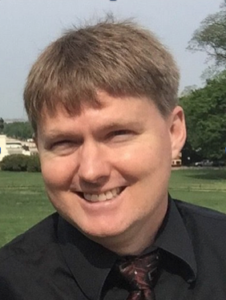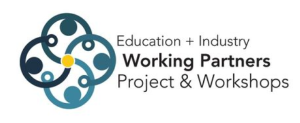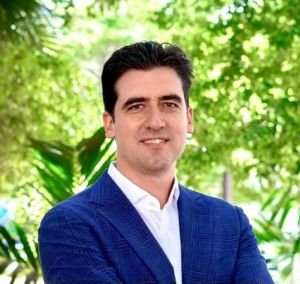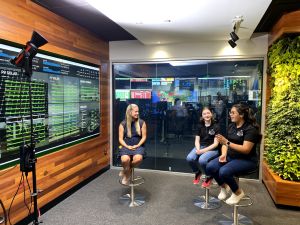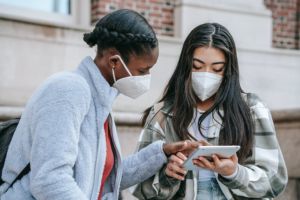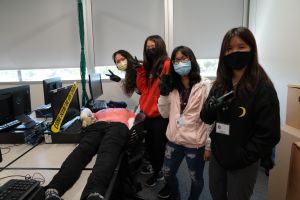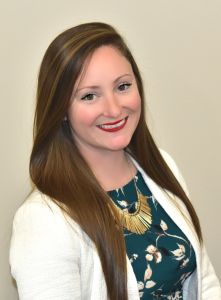
About 10 years ago Emily Greene told a guidance counselor at Delaware Technical Community College (Delaware Tech) that she was thinking about an environmental science career because she wanted to make a difference in her home state. The woman suggested she look at the college’s new renewable energy program.
Greene did a little research and concluded that diving into renewable energy in 2010s would be akin to becoming a computer geek in the 1980s. “The people who got in and learned about computers ahead of the curve, look where they are. That’s what I wanted to do with renewable energy.” And so she has.
In her first job Greene worked as a measurement and verification analyst for a company that helped businesses and school districts in Delaware reduce their consumption by 30%. Then, as an energy planner for the state she wrote Delaware’s regulations for measuring and verifying energy savings. In 2018 she became an energy services manager for Delaware Municipal Electric Corporation (DEMEC) to help businesses and local governments save money by offering an energy efficiency program. And, in 2021, she became the compliance administrator at DEMEC’s Beasley Power Station, which uses natural gas and fuel oil to generate electricity.
“Being able to apply that technical degree has allowed me to get pretty far, pretty quick in my career,” Greene said.

 Subscribe
Subscribe



